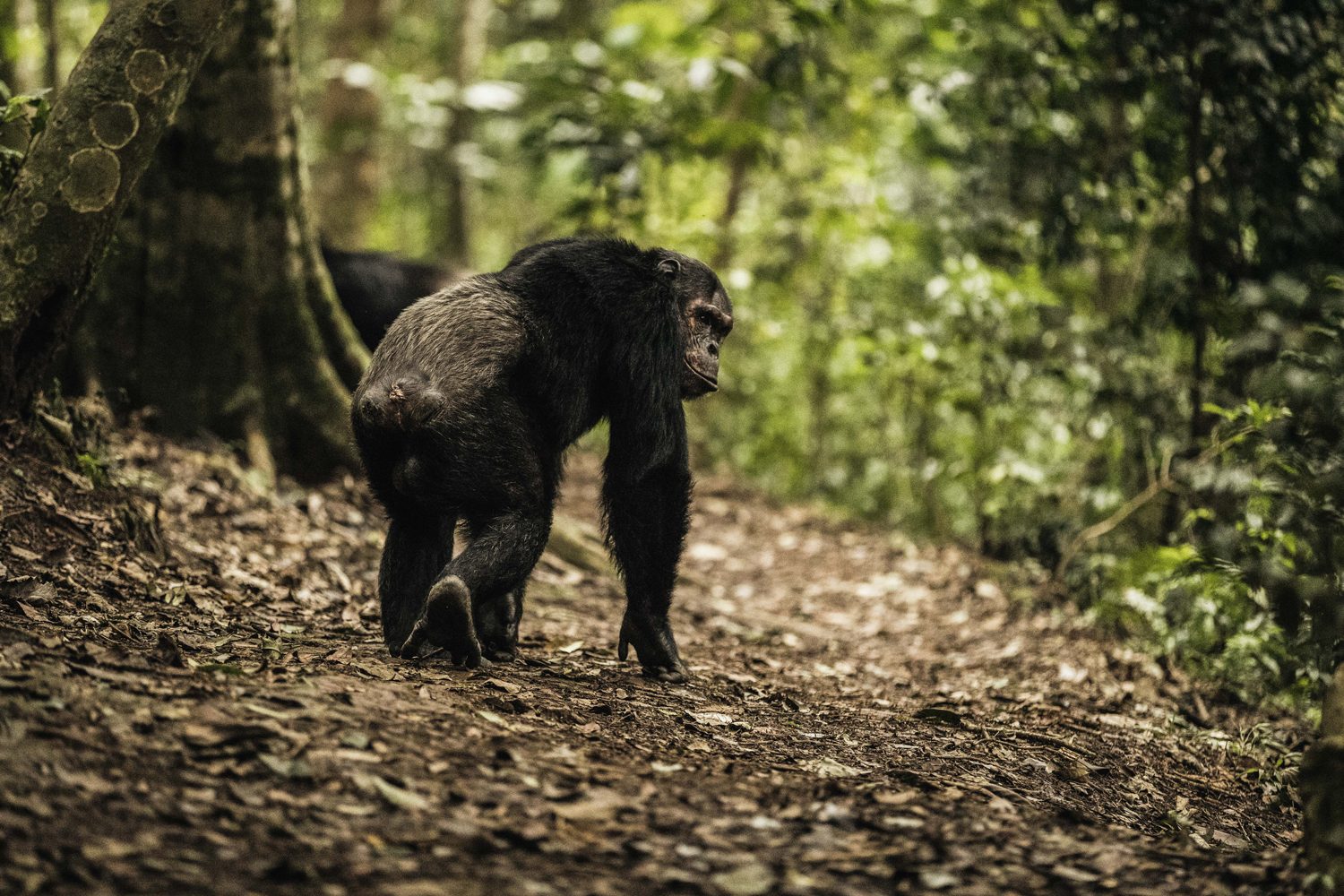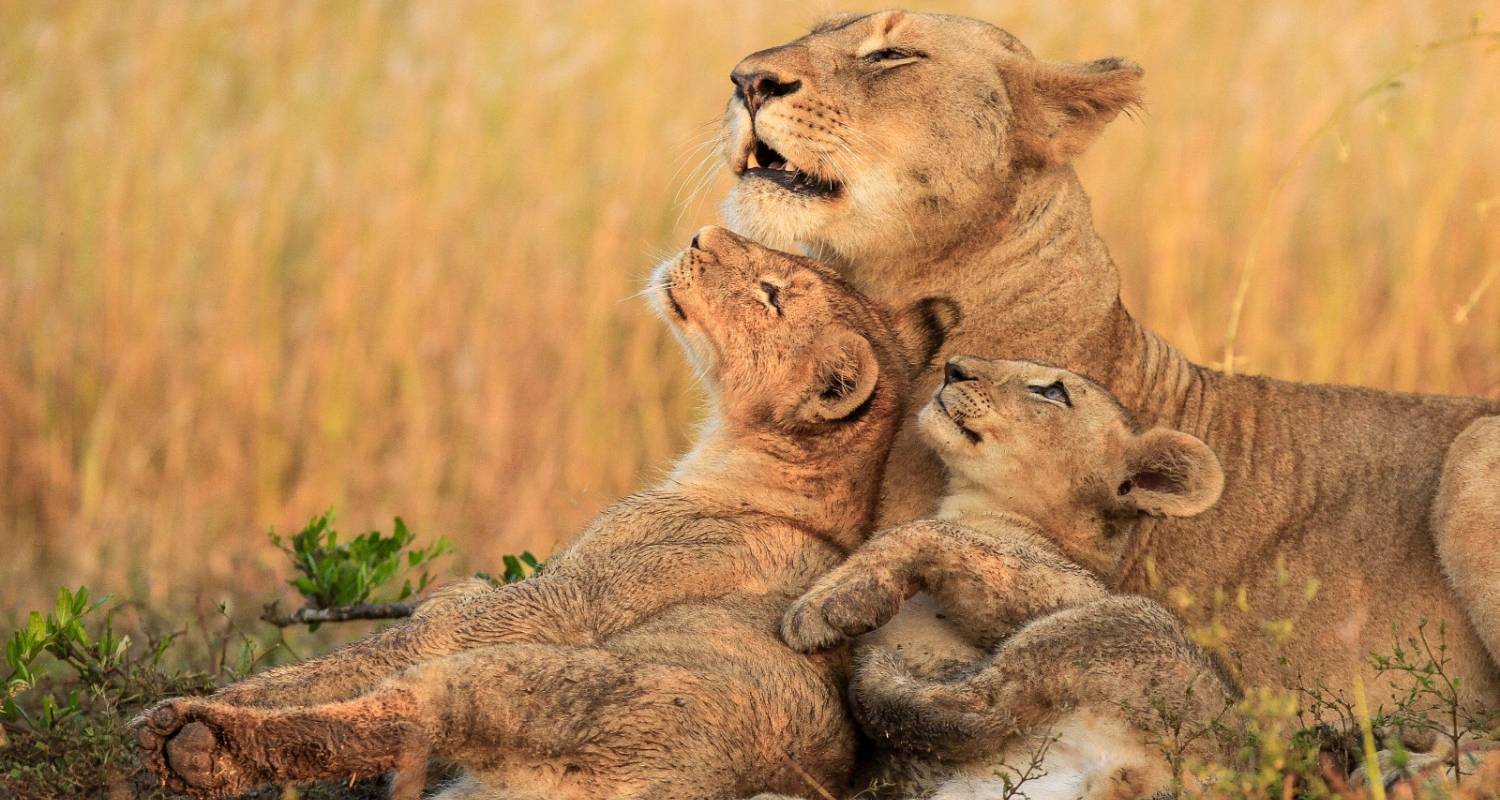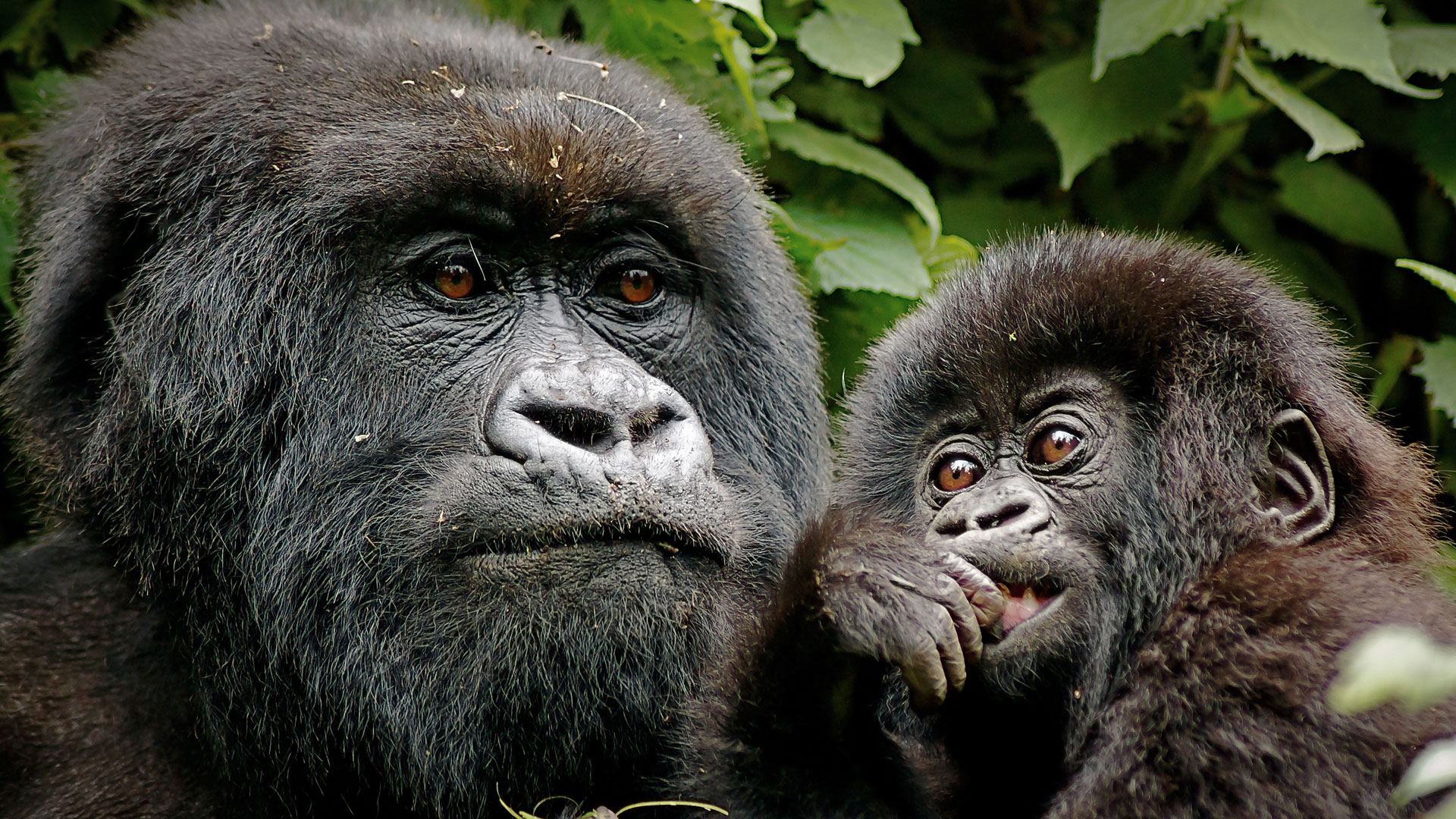Rwanda National Parks. Places for Wildlife & Gorilla Trekking Tours in Rwanda
Continue reading if you want to learn more about national parks in Rwanda. In Central and East Africa, there is a small landlocked nation called Rwanda. Rwanda is blessed with some of the most breathtaking landscapes on earth and is frequently referred to as a “Land of a Thousand Hills”.
She is a nation with many bodies of water, Savannah plains, mountains, and unusual animals like mountain gorillas. One of the worst genocides in recent memory took place in the nation in 1994, when the majority of Hutu killed about one million Tutsis in just three months. Since then, the nation has admirably recovered by bringing its citizens together and putting forth great effort to foster an environment conducive to development.
One of Africa’s least corrupt countries is Rwanda. Women are highly empowered and occupy most of the sits in parliament. The tireless work of President Paul Kagame and his administration is responsible for all of this. More recently the country has prioritized the restoration of the country’s wildlife, national parks, and natural vegetation while also promoting itself as a leading tourism destination in Africa.
A List of Rwanda National Parks
Volcanoes National Park
In the country’s northwest is the Volcanoes National Park. It shares a border with the national parks of both Congo and Uganda. It was created in 1925 to safeguard mountain gorillas, and it has a 160 square kilometer area. The volcanoes national park is generally colder than Rwanda’s other national parks because it is located at a higher altitude. It consists of 5 volcanoes/mountains (Karisimbi, Bisoke, Muhabura, Sabinyo, and Gahinga), bamboo forests, rainforests, a few lakes, marshes, and the Musanze caves.
In a second place only to Uganda’s Bwindi Impenetrable forest in terms of mountain gorilla population is the Volcanoes national park. The park is also home to golden monkeys, smaller primates, 178 different species of birds, and animals like forest elephants, spotted hyenas, bushbucks, and buffaloes.
The mountain gorillas are what set the volcanoes national park apart, despite its diverse biodiversity. Through her research with the gorillas from 1967, until she died in 1985, Dian Fossey helped the park gain international recognition. She helped stop poaching in the park by constructing the Karisoke Research Center.
Unfortunately, there has been a rise in widespread poaching and encroachment on park land since the civil war and genocide in the early 1990s. Later, the government took serious measures to eradicate poaching and militias from the park, making threats to visitors almost nonexistent.
Gorilla tracking, cave exploration, golden monkey trekking, and hiking one of the five volcanoes are some of the activities available to visitors to the volcanoes national park. Karisimbi Mountain hiking and Bisoke Mountain hiking are two of the most well-liked hikes. It is best to hike Mount Sabinyo, Muhabura, and Gahinga from the Ugandan side. For more about the Volcanoes national park here.
Nyungwe Forest National Park
With 275 species recorded, Nyungwe forest is among the best birding locations in Rwanda. Along with 120 butterflies, 38 reptiles, and 32 amphibians, the dense forest is home to 85 species of mammals. This park is home to serval cats, mongooses, civets, leopards, golden cats, and stripped jackals. Visitors can marvel at the forest and its inhabitants from above thanks to the intricate network of the well-built canopy walk in Nyungwe forest.
This forest is traversed by the popular canopy walk as well as forest, birds, primates, waterfalls, and other wildlife by the Congo Nile trail. In addition to the Congo Nile trail route, the forest has over 20 kilometers of well-maintained ground trails for nature walks and the chance to encounter forest wildlife, waterfalls, marshlands, and rainforests.
The Nyungwe Forest National Park is covered in more detail here. If you intend to visit the park soon, take a look at our 3-day Nyungwe Chimpanzee safari package.
Akagera National Park
Akagera National Park is the largest and only Savannah national parks in Rwanda. It was established near the border with Tanzania in 1934 as the second national park in Rwanda. The park covers an area of 1,222 square kilometers and consists of Savannah, woodlands, montane forests, and vast swamps. Akagera is blessed with water bodies but the most prominent are river Kagera, Lake Shakani, and lake Ihema. Akagera national park lost most of its animal population after the Rwanda genocide in 1994.
Thousands of former refugees stormed the park and opened up farms while at the same time poisoning all the 300 hundred lions in the park then. The animal loss did not begin in 1994 though. Akagera once had one of the highest populations of wild dogs in East Africa The colonial authorities found them a nuisance and killed most of them.
Gishwati-Mukura National Park.
Gishwati-Mukura national park is Rwanda’s newest national park. It was created in 2015 by combining the Gishwati and Mukura forests. The park was established to help preserve what was remaining of the Mukura and Gishwati forests while also protecting the chimpanzee populations therein. The park is also home to golden monkeys, blue monkeys, and L’Hoest’s monkeys.
Before the creation of the park, the two forests almost faced extinction as a result of human encroachment after the genocide in 1994. Refugees came back and cleared a large part of the forests to build homes and for subsistence farming. The forest corridor that connected the two forests to Nyungwe National Park disappeared leaving the chimpanzee population and other wildlife isolated. Over 60 percent of the forest’s wildlife species were lost by the time the national park was formed.
Other Attractions Besides Rwanda National Parks
Kigali.
Kigali is Rwanda’s capital city and home to over 1 million people. It was established in 1907 during German colonial rule but only became the capital at the time of Rwanda’s independence in 1962. Kigali has grown to become recognized as one of the three cleanest and safest capitals in Africa.
Despite its current charm, the city was being the great genocide started. While visiting Kigali, you can visit the Kigali Genocide memorial to learn about what happened during this dark chapter in Rwanda’s history. You can also visit Hôtel des Mille Collines where about 1,000 people took refuge. Our comprehensive article about visiting Kigali and its tourist attractions is very informative if you are planning to visit in the future.
Lake Kivu.
Lake Kivu is one of Africa’s great lakes. It is found in both DR Congo and Rwanda. Lake Kivu is fed by countless rivers and streams before releasing its waters into two of the world’s greatest rivers – the Congo and the Nile. Lake Kivu is not only known for its beautiful islands (like Idjwi) but also for also containing large amounts of dissolved methane in its depths.
Scientists believe that if something catastrophic happened like a massive earthquake, large amounts of the gas (carbon dioxide) would be released into the atmosphere causing a tsunami and suffocating most living things around the lake. There are only three lakes with such a phenomenon. An eruption was recorded in Lake Nyos of Cameroon suffocating many people and animals. Lake Kivu is very close to the active Nyiragongo volcano which is prone to earth movements.
Museums, Iby’iwacu Cultural Centre, and the Genocide memorials.
Rwanda has 6 major museums in different parts of the county. The national museum of Rwanda in the Huye district is arguably the best one to visit. It showcases all there is to know about Rwanda, and her history through artifacts, videos, photos, and much more. If you want to learn more about the Rwanda genocide after visiting the Genocide Centre in Kigali, you can travel to the other museums located in different corners of the country for more information and a deeper understanding of the tragic event. All the genocide memorial centers exhibit remains personal clothing, photographs, and videos of what happened in 1994. The country is open about the genocide to heal and ensure that such a tragedy never happens again.




